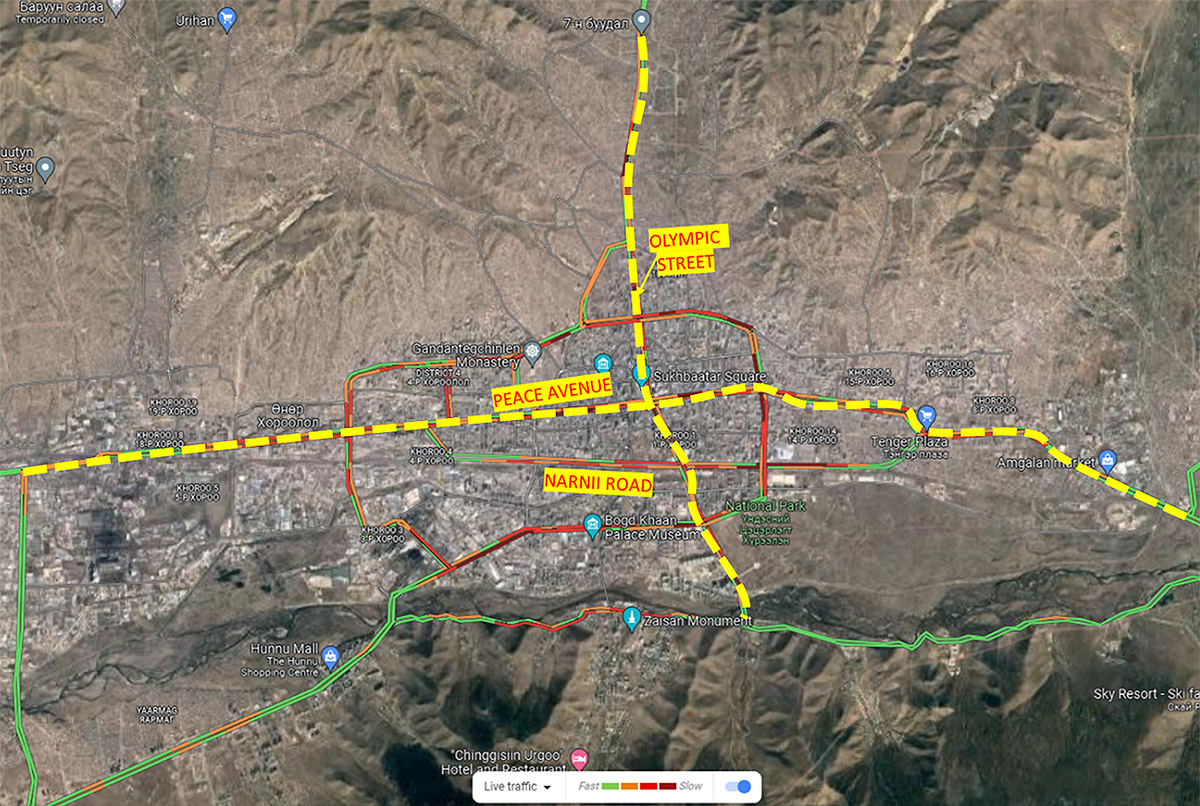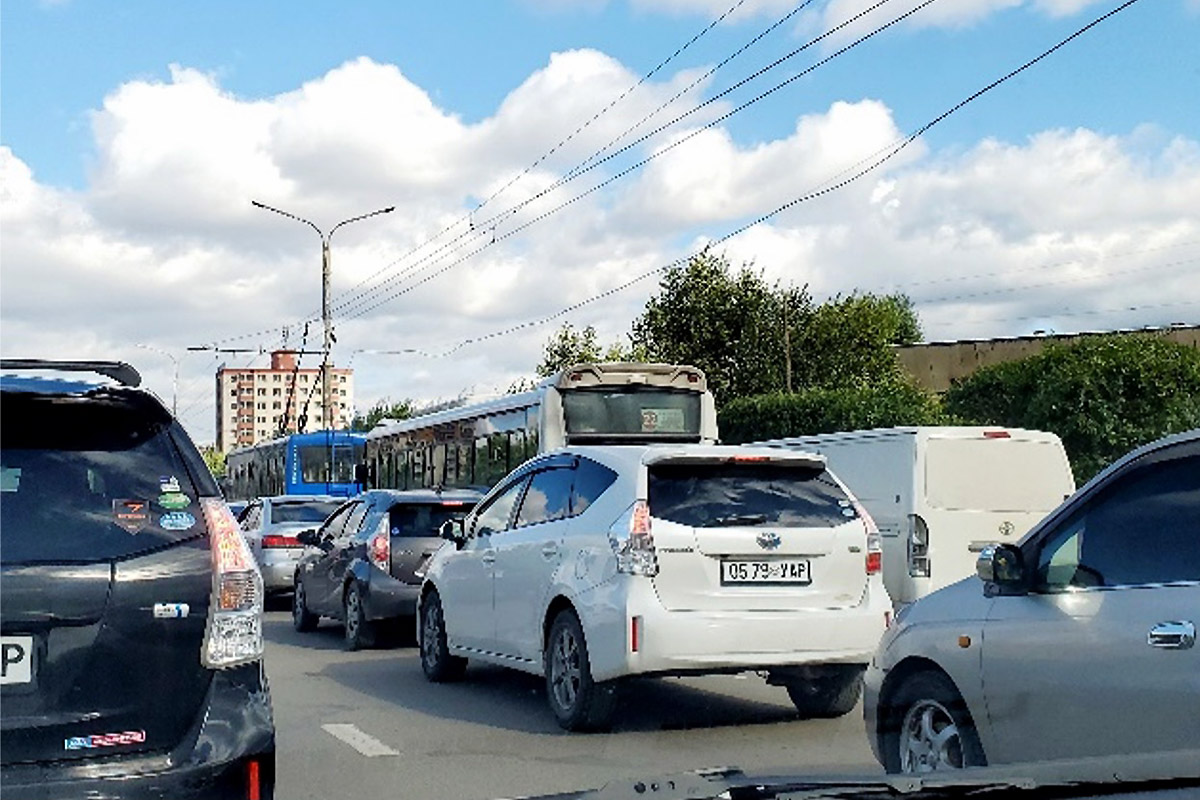Dec. 2022
Presentation on the "Thai Future City Project" at the "Asia Pacific Conference 2022"
We were invited to have a presentation about “the Project for Promoting Sustainability in Future Cities of Thailand” at the Asia Pacific Conference 2022. It was organized at Ritsumeikan Asia Pacific University on 3rd and 4th December 2022, to provide researchers from around the world an opportunity to present their research.
We presented at the special session of “Urban Sustainability and Planning”, which was organized under newly-opened Department of Sustainability and Tourism.
With a title of “Empirical Planning Approach to Sustainable Future City Development in Thailand”, we presented the output and lessons learned from the JICA’s Project for Promoting Sustainability in Future Cities of Thailand (TFCP).
During the discussion, several and useful comments were raised on how to apply participatory approach and how to select model cities. It was also pointed out that stakeholder involvement is inevitable for sustainable development. (Dec. 2022)

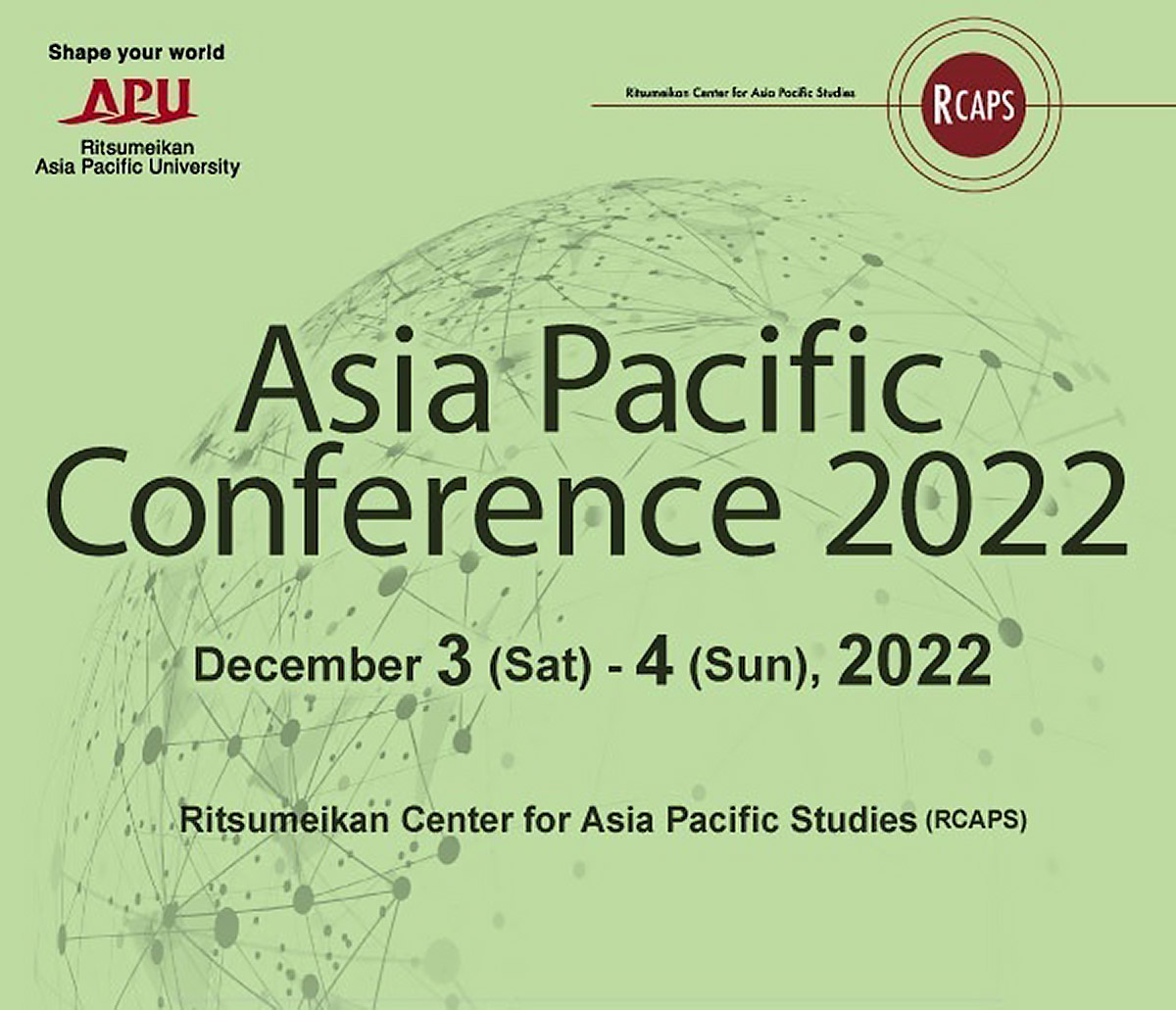
Sep. 2022
Presentation at the "International Conference of Asian-Pacific Planning Societies, 2022"
International Conference of Asian-Pacific Planning Societies (ICAPPS) 2022 was held at Nagasaki University.
ICAPPS has been organized since 1994 to promote academic exchange on urban and regional planning in Asian-Pacific by urban planning research institutes of Japan, Korea, Taiwan and Vietnam.
The main topic of ICAPPS 2022 was “Toward Inclusive and Resilient Cities”. I was invited to have a presentation on the special session “Beyond Crisis: What should we do to overcome the crises?” about “the Preparatory Study on Urban Environment Improvement against COVID-19” which was conducted by JICA and completed in July 2022.
There were three other presentations, Taiwan, Vietnam, and Singapore.
During the discussion, several and useful comments were raised on how cities can strengthen neighborhood-level living environment, which could be key for post COVID-19 cities agenda. (Sep. 2022)
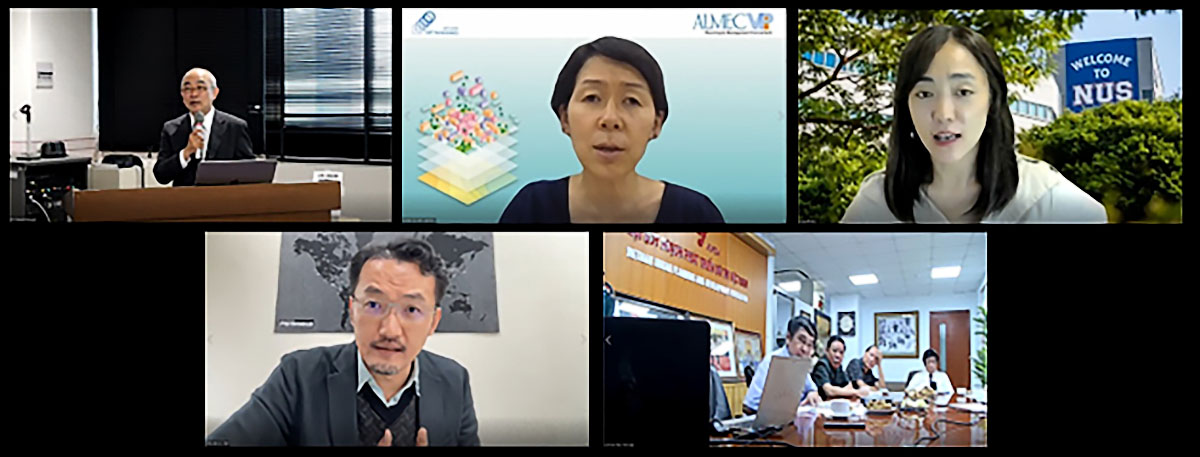
Aug. 2022
Effort to Improve Urban Traffic Management in the Kathmandu Valley, Nepal
Kathmandu Valley (KV) is home to about 2.9 million people has several issues related to traffic congestion, traffic management and safety.
This JICA- funded project aims to address those issues and improve intersections by employing proper traffic signal management system, by providing training and education to relevant agencies.
And, finally, by raising awareness to follow traffic rules and change behavior to ensure safer roads and transports for everyone including the vulnerable users, i.e. females, children, elders and disabled persons. (Aug. 2022)
Area of business concerned: "05 Urban Transportation Projects"
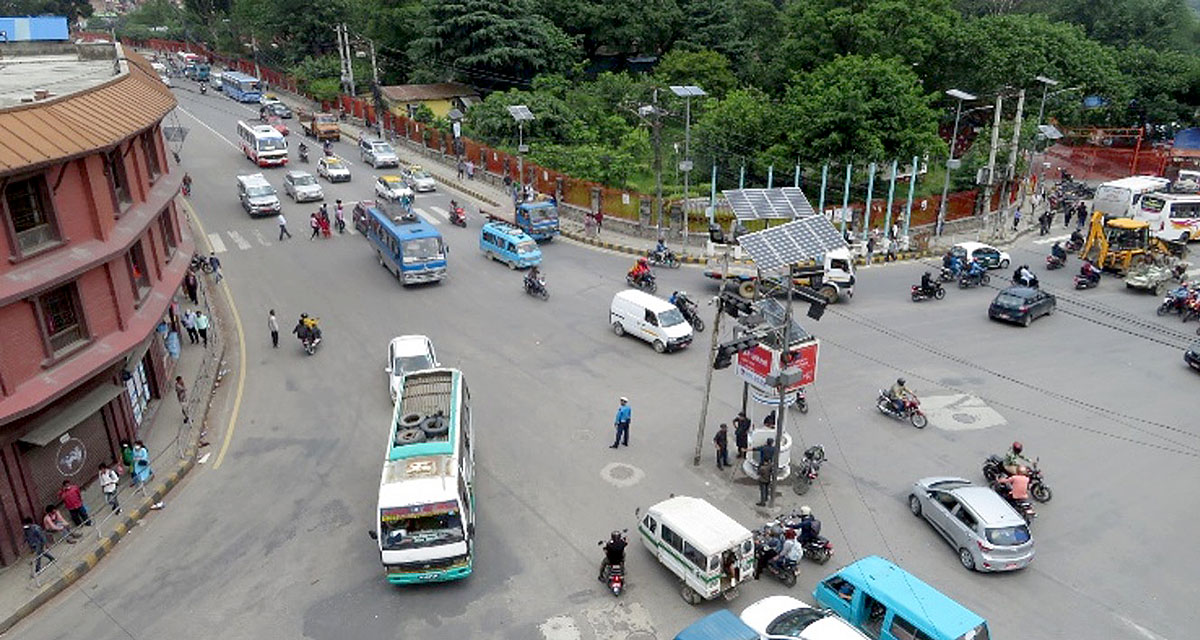
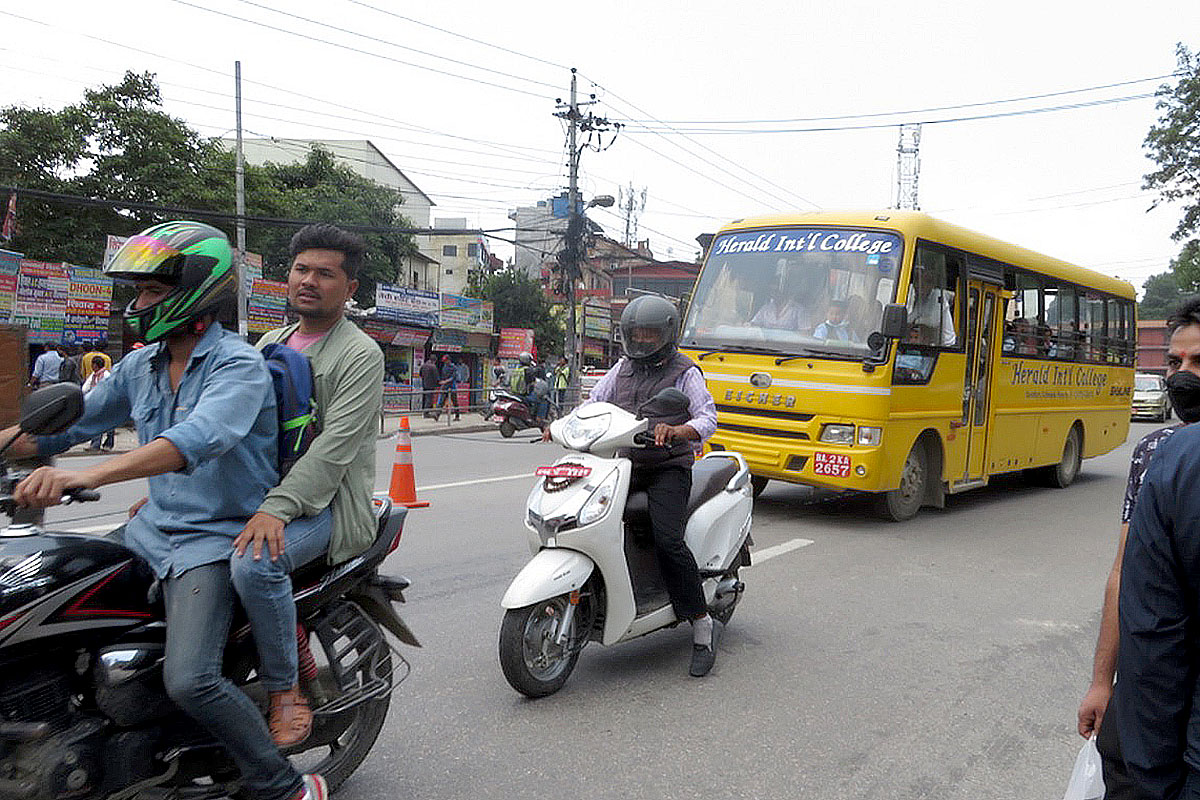
Experiencing "Post‐Pandemic" Transportation Situation in the Netherlands cities
It was great opportunity to experience how public transport is operated in other countries. Of course, there is always of pro and cons in our minds, and such diversity makes this world colorful. The experience of this training is mainly to communicate the needs of developing public transportation and to display what would be best direction of the development in Belgrade for the Serbian counterpart.
Such message was firmly delivered and received throughout the trainings with the sense of camaraderie between the Netherland, Japan, and of course the Serbian side.(Aug. 2022)
Deo NOBEL
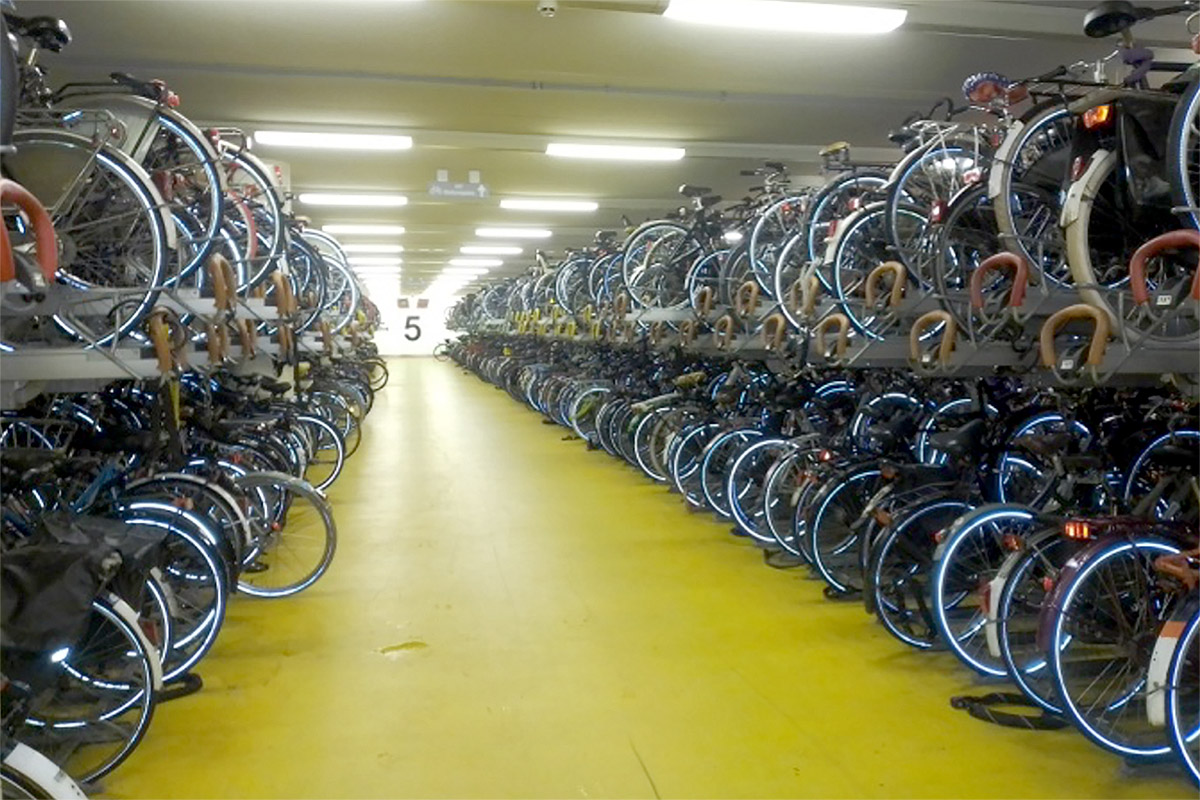
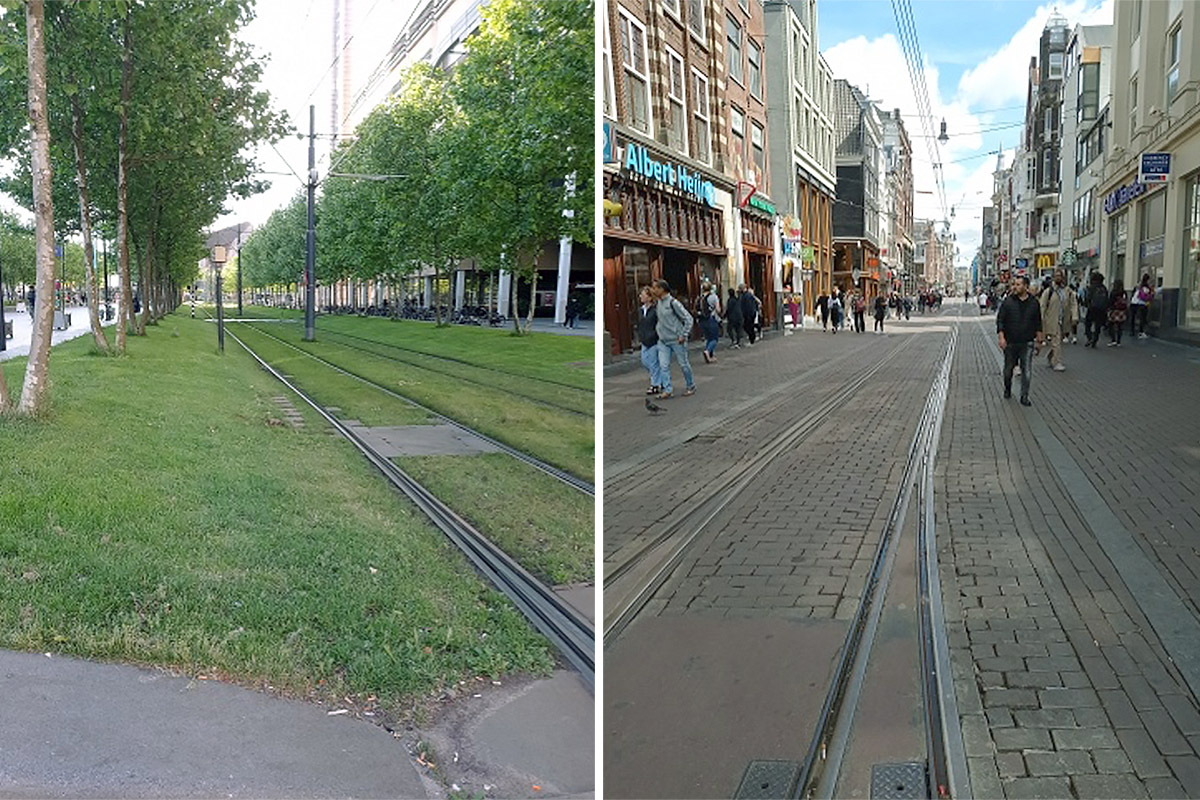
Apr. 2022
Traffic Congestion in the City of Ulaanbaatar, Mongolia
In August 2021, I visited Mongolia for the first time as a member of JICA's "Data collection survey on transport infrastructure development in Ulaanbaatar City, Mongolia". The purpose of this study was to understand the traffic situation in Ulaanbaatar city and to make proposals for solving the problems.
Traffic congestion in the city of Ulaanbaatar is serious and is one of the causes of air pollution. During our field survey, we were sometimes stuck in traffic jams for almost an hour. The city's road network is criss-cross shaped, with major roads - Peace Avenue and Narnii Road - suffering from chronic congestion.
One of the main causes of traffic congestion in Ulaanbaatar is the very high use of private vehicles. There are no taxis, and private vehicle dispatch services are also said to be adding to the traffic. Bus priority lanes are in place, but are often occupied by offending vehicles.
According to the results of traffic demand forecasts, traffic situation in Ulaanbaatar is expected to deteriorate further more without any actions to be made. The project has proposed the introduction of dedicated bus lanes, intersections improvement and fly-over intersection development. It is expected that these projects will be implemented in a timely manner. (Apr. 2022)
Ananya ROY
Area of business concerned: "07 Planning and Implementation of Transportation Measures"
